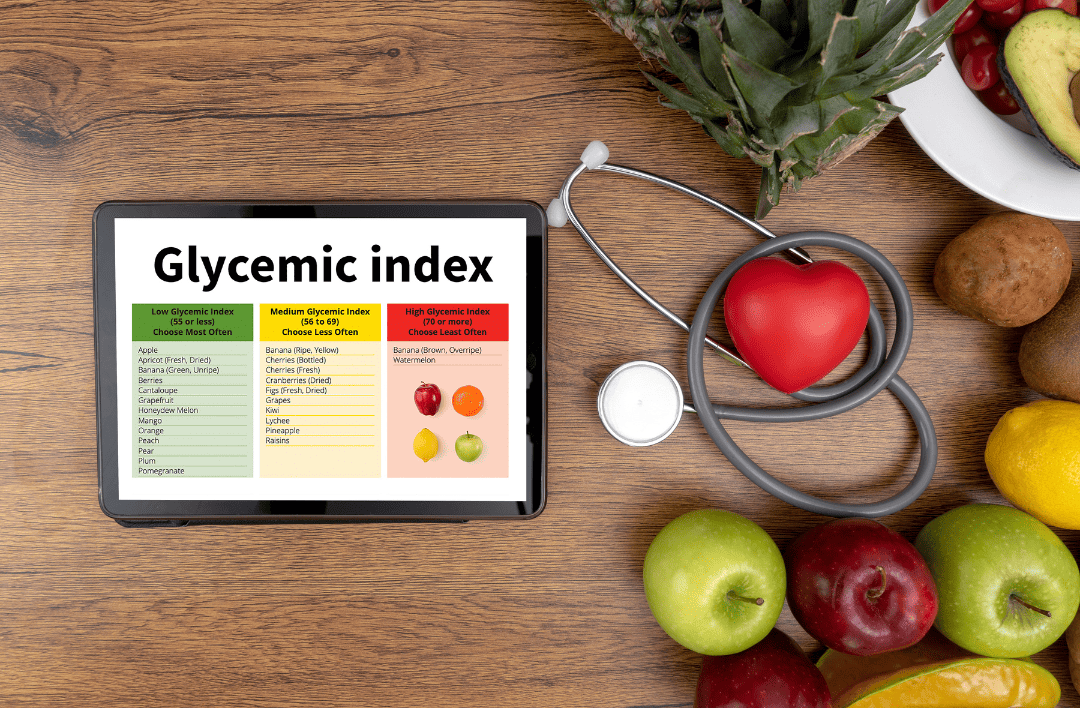Everything You Need To Know About The Glycemic Index
Understanding the glycemic index is crucial for diabetic patients to manage their blood sugar levels. In this article, we delve into the research and limitations of the glycemic index (GI) to help you make informed decisions.
Introduction:
Are you a diabetic patient struggling to manage your blood sugar levels? Have you heard about the glycemic index, but aren’t quite sure how to use it effectively? Do not worry – we have gotten you covered. In this article, we will take a deeper look at the glycemic index and show you how it can help you control your blood sugar levels. Furthermore, we explore the latest research and limitations of the GI and provide you with a comprehensive guide to understanding this valuable tool for managing your diabetes.
Diabetic patients need to monitor their blood sugar levels to manage their condition. The glycemic index (GI) has long been a popular tool for this purpose. The glycemic index (GI) is a ranking system for carbohydrates based on their effect on blood glucose levels. However, recent research has raised concerns about the usefulness of the GI as the sole measure of how different foods impact blood sugar levels.
Overview of the Glycemic Index:
“The GI was first introduced in 1981 by Dr. David Jenkins, a Canadian professor of nutrition”
It is a scale from 0 to 100 that ranks how quickly foods containing carbohydrates raise blood glucose levels compared to pure glucose, which has a GI of 100. Foods with a high GI value cause a rapid spike in blood sugar levels, while low GI foods are digested and absorbed more slowly, leading to a gradual rise in blood sugar levels.
- Foods with a GI of less than 55 fall into the category of low glycemic index foods.
- Foods with a GI between 55 and 70 are considered medium glycemic foods.
- Foods with a GI of more than 70 are classified as high glycemic foods.
 For example, a baked potato has a GI of 85 which is remarkably high and has more chances to spike your blood glucose levels, while an apple has a GI of 38 which is low and will not spike your blood glucose level.
For example, a baked potato has a GI of 85 which is remarkably high and has more chances to spike your blood glucose levels, while an apple has a GI of 38 which is low and will not spike your blood glucose level.
Research on the Glycemic Index:
Research has shown that GI can be a useful tool for diabetic patients to manage their blood sugar levels.
- In a study published in the American Journal of Clinical Nutrition, researchers found that diabetic patients who consumed a low-GI diet for 12 weeks (about 3 months) had a 0.5% reduction in their HbA1c levels, which is a measure of blood glucose levels over time.
- Another study published in the Journal of Nutrition found that a low-GI diet helped diabetic patients improve their blood sugar control and reduce their risk of cardiovascular disease.
Limitations of the Glycemic Index:
Despite the benefits of the GI, it has some limitations.
- The same food can have different GI values depending on how it is prepared or consumed. For example, a mashed potato has a higher GI than a whole baked potato because the former has been mashed and is more easily digested.
- Additionally, the GI of a meal can be affected by the presence of other foods. For example, eating a piece of fruit with a meal can reduce the overall GI of the meal because the fiber in the fruit slows down the digestion of carbohydrates.
- Another limitation of the GI is that it only measures the effect of carbohydrate on blood sugar levels, not other nutrients like protein or fat.
- Furthermore, the GI is not always a reliable predictor of how a particular food will affect an individual’s blood sugar levels. Different people can experience varying effects on their blood sugar levels, depending on factors such as age, weight, activity levels, and other medical conditions.
It is considered a good practice to use a personalized nutrition plan to suit your specific needs in improving your diabetic condition.
Glycemic Load:
To address some of the limitations of the GI, the concept of glycemic load (GL) was developed. GL considers both the GI value and the amount of carbohydrate in a food, which can help you make more informed choices.
The formula for calculating GL of a food:
GL = GI x carbohydrate content (in grams) ÷ 100.
For example, a slice of watermelon has a high GI of 72, but a low GL of 4 because it contains a small amount of carbohydrates.
Conclusion:
In conclusion, the glycemic index is a valuable tool for diabetic patients to manage their blood sugar levels. However, it is crucial to understand its limitations and use it alongside other measures, such as portion control and regular physical activity. Furthermore, the concept of glycemic load provides a more accurate measure of how a food affects blood sugar levels, which can help you make informed decisions about your diet. By understanding the GI and its limitations, you can manage your diabetes more effectively and enjoy a healthy, balanced diet.



